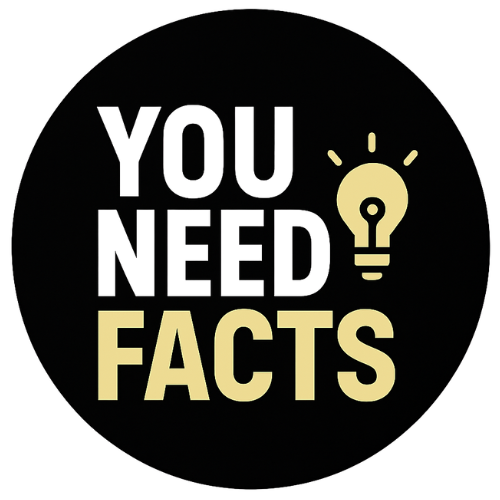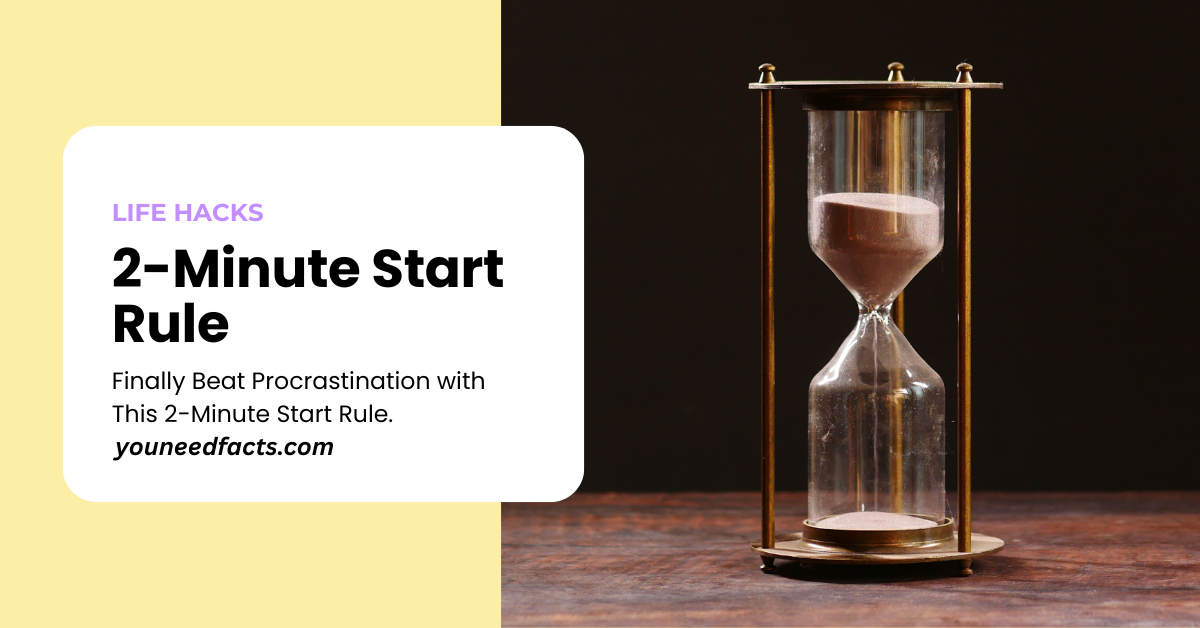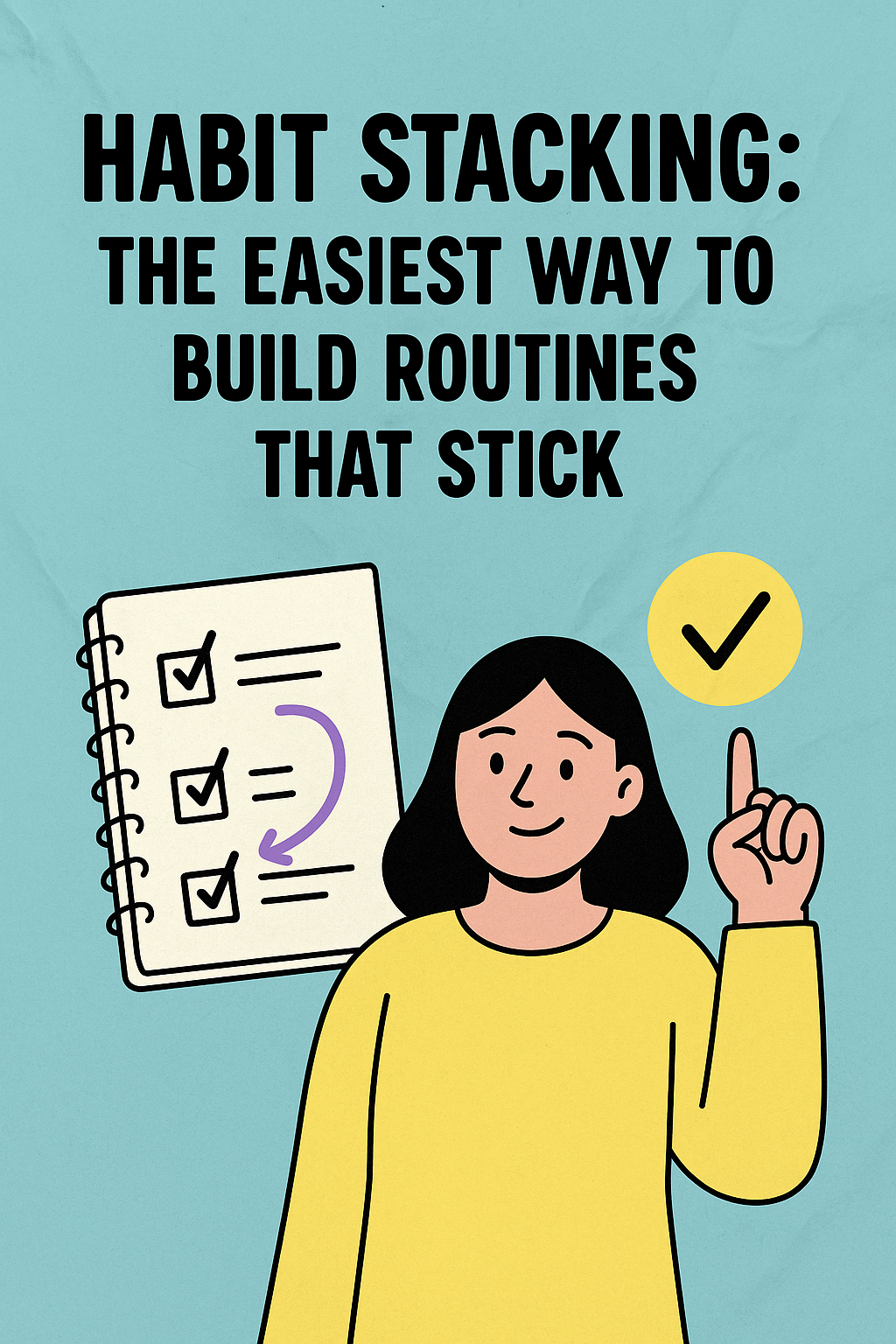Quick take: Implementation Intentions are simple if then plans that tie a cue to a specific action. You decide when and where you will act, you write it as one clear sentence, and you let the cue trigger the behavior. This turns vague goals into action you can repeat.
Implementation Intentions Explained, The One Sentence Formula
The formula is simple. If [cue or situation], then I will [specific action]. You anchor the action to time, place, or event, then the cue does the heavy lifting. This approach reduces decision fatigue, increases recall in the moment, and turns a wish into a plan you can see.
Researchers have tested this idea across many domains, from exercise to medication to study behavior. A well cited meta analysis on implementation intentions reports large and reliable effects on goal achievement. The plan works because it removes ambiguity and places the action in a specific context.
How to Write Implementation Intentions that Work
- Pick one target behavior: Choose a single action that supports your goal. Keep it small so you can complete it fast.
- Choose a strong cue: Time, place, or event cues work best. Use something that already happens daily.
- Write the if then sentence: If it is 7 a.m. in the kitchen, then I will drink a glass of water. Keep it specific and visible.
- Put the cue in your path: Set reminders or move objects so the cue is hard to miss.
- Rehearse the moment: Close your eyes, imagine the cue, and picture yourself taking the action with ease.
| Goal | Cue | Implementation Intention | Why it Helps |
|---|---|---|---|
| Hydration | Morning coffee | If the kettle clicks off, then I will fill a glass and drink it | Pairs a strong daily cue with a simple action |
| Deep work | Start of first work block | If it is 9 a.m., then I will close email and write for ten minutes | Removes choice, creates a clear starting line |
| Fitness | Arriving home | If I unlock the door, then I will do five push ups | Links a common event to a tiny action |
| Learning | Bedtime routine | If I place my phone on the charger, then I will read one page | Associates a stable cue with a calm activity |
Where Implementation Intentions Shine
They shine when you want to start, but you keep forgetting. They shine when the action is clear, but the moment slips by. They also help when you avoid tasks because they feel vague. The sentence removes vagueness. You give your brain a simple rule, when this happens, I do that.
Implementation Intentions for Health
Use specific time based cues for medication or workouts. If it is after breakfast, then I take my pill with water. If the meeting ends, then I stand and stretch for two minutes. Specific cues limit the chance of forgetting.
Implementation Intentions for Work and Study
Use event based cues for focus. If the laptop opens, then I draft the first sentence. If the lecture ends, then I review the notes for three minutes. These rules cut the warm up delay and get you moving.
Troubleshooting, Make Your Plan Stick
- The cue is weak: Pick a cue that already happens. Meals, waking, commuting, or meetings are solid anchors.
- The action feels big: Shrink the action. Make it a two minute behavior so you can win fast.
- I keep missing the moment: Move the reminder into sight. Place objects in the path of the cue.
- I forget to review the plan: Post the sentence where you will see it, or set one reminder at the start of the day.
Join Our Daily Learning Plan
Get one short, science based idea in your inbox every day. Start on our homepage, and if you have questions, reach us on our contact page. We built this site to help you grow with simple tools that work.
FAQ
They are if then plans that link a cue to a specific action so you act at the right moment.
Yes. The cue and plan reduce the need for motivation. The rule runs even when mood is flat.
Start with one or two. Add more after the first ones feel automatic.
Tracking helps. A simple check mark after the cue builds confidence and shows progress.
Many people notice better follow through in the first week. Strong cues and tiny actions create quick wins.


